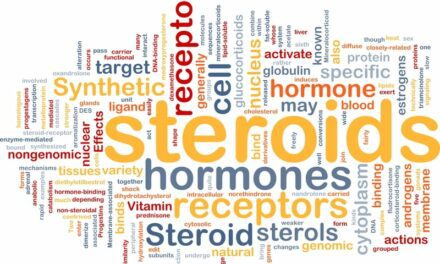According to a new study published recently in the journal ACS Nano, researchers are reportedly able to direct adult stem cells to turn specifically into muscle.
Per a news release from the American Chemical Society, this ability may be able to help patients with muscular dystrophy.
In the 1990s, scientists first isolated human embryonic stem cells, which can turn into any kind of cell in the body, and the promise of a new way to treat diseases emerged. Since then, scientists have also discovered adult stem cells in a number of organs in the body, including the brain, lungs and skin, that can turn into a limited number of cell types, the release explains.
However, harnessing these cells to treat disease has been difficult. One of the main obstacles has been figuring out how to control them. Researcher Ki-Bum Lee, PhD, associate professor in the department of Chemistry & Chemical Biology at Rutgers University, and colleagues wanted to tackle this challenge, the release notes.
To do this, the release explains, the research team created an artificial version of a transcription factor—a protein critical to orchestrating stem-cell differentiation—using gold nanoparticles. They added small molecules to mimic the structure and function of the natural transcription factor that induces muscle-cell growth.
The synthetic proteins, called NanoScript, successfully coaxed stem cells derived from fat tissue to become muscle. The researchers say they can potentially design their NanoScript system to grow other cell types, too, per the release.
[Source(s): American Chemical Society, EurekAlert]





